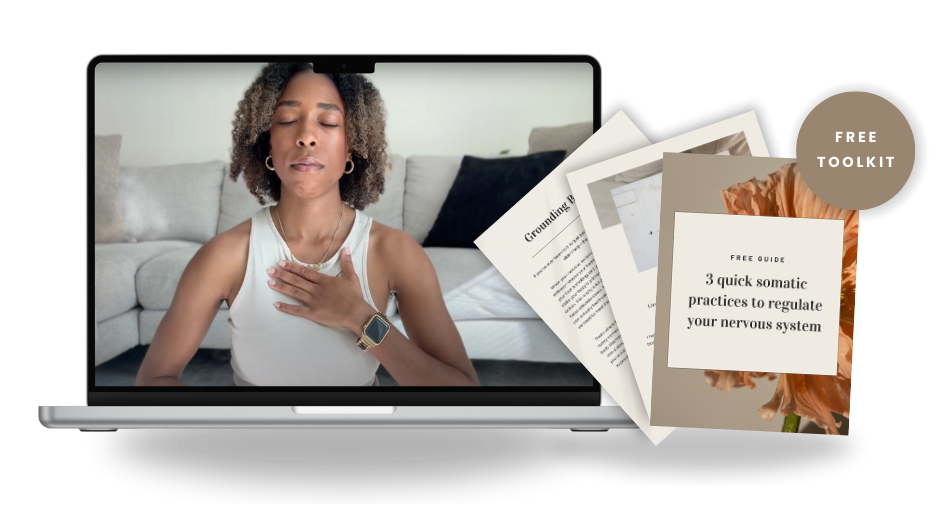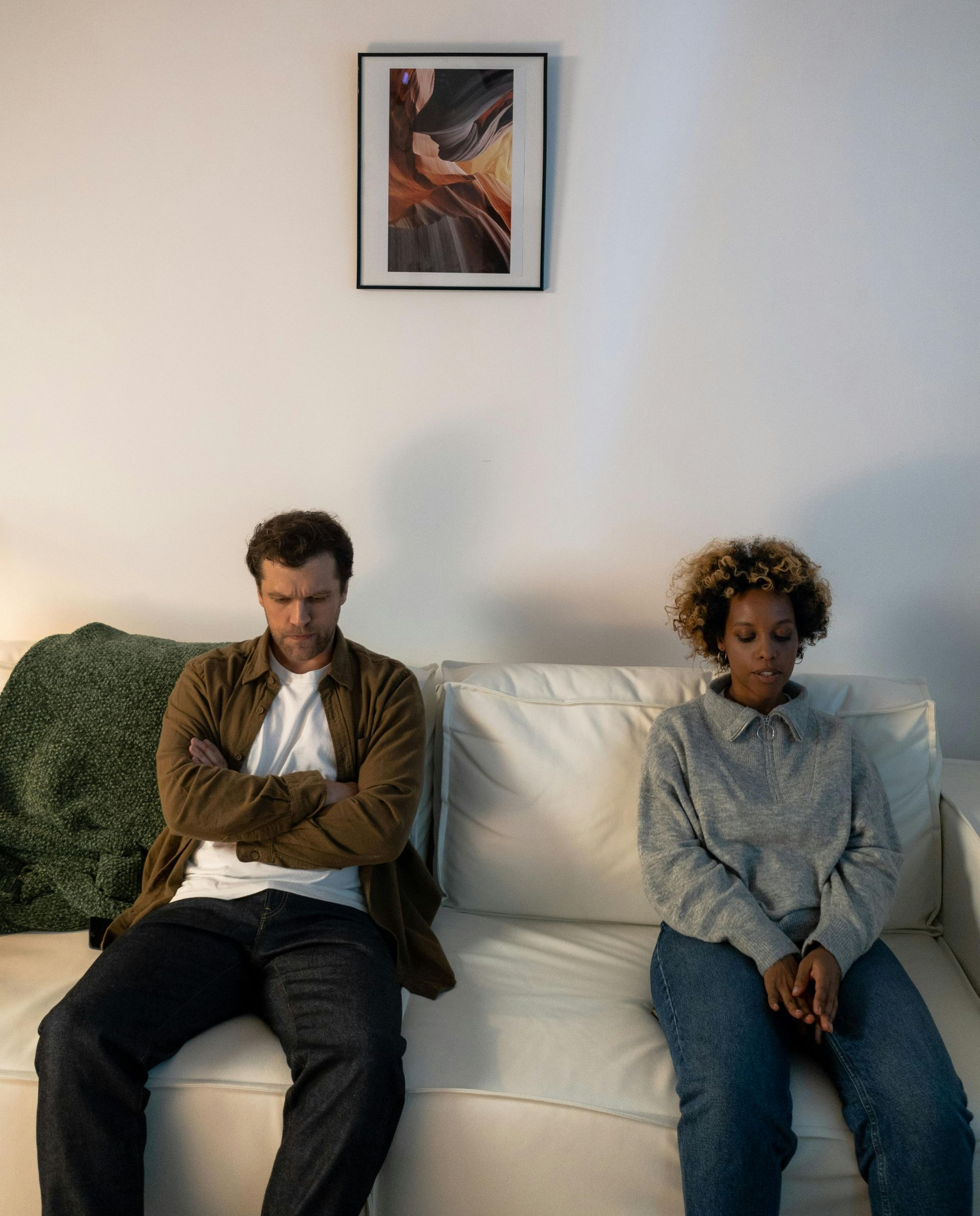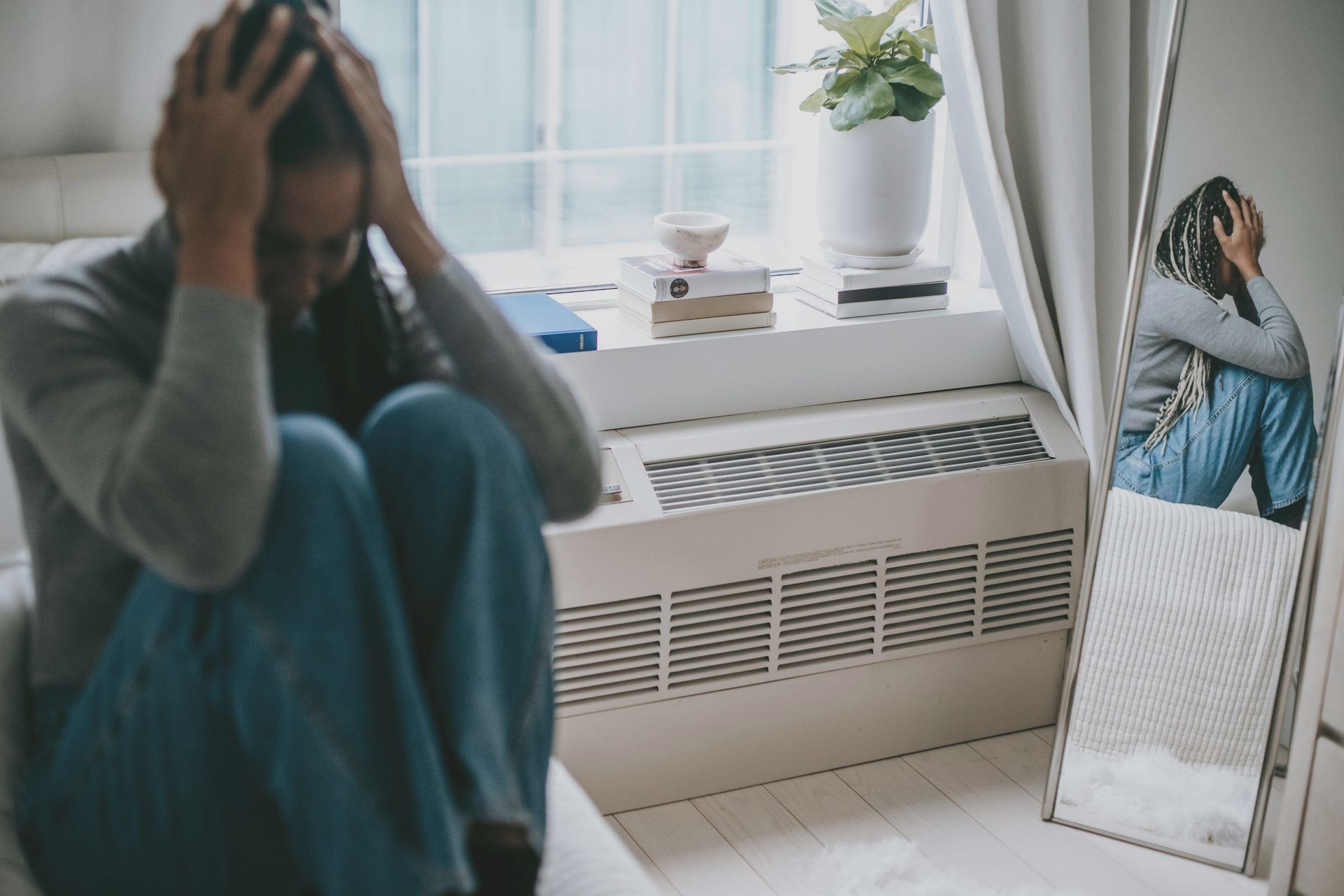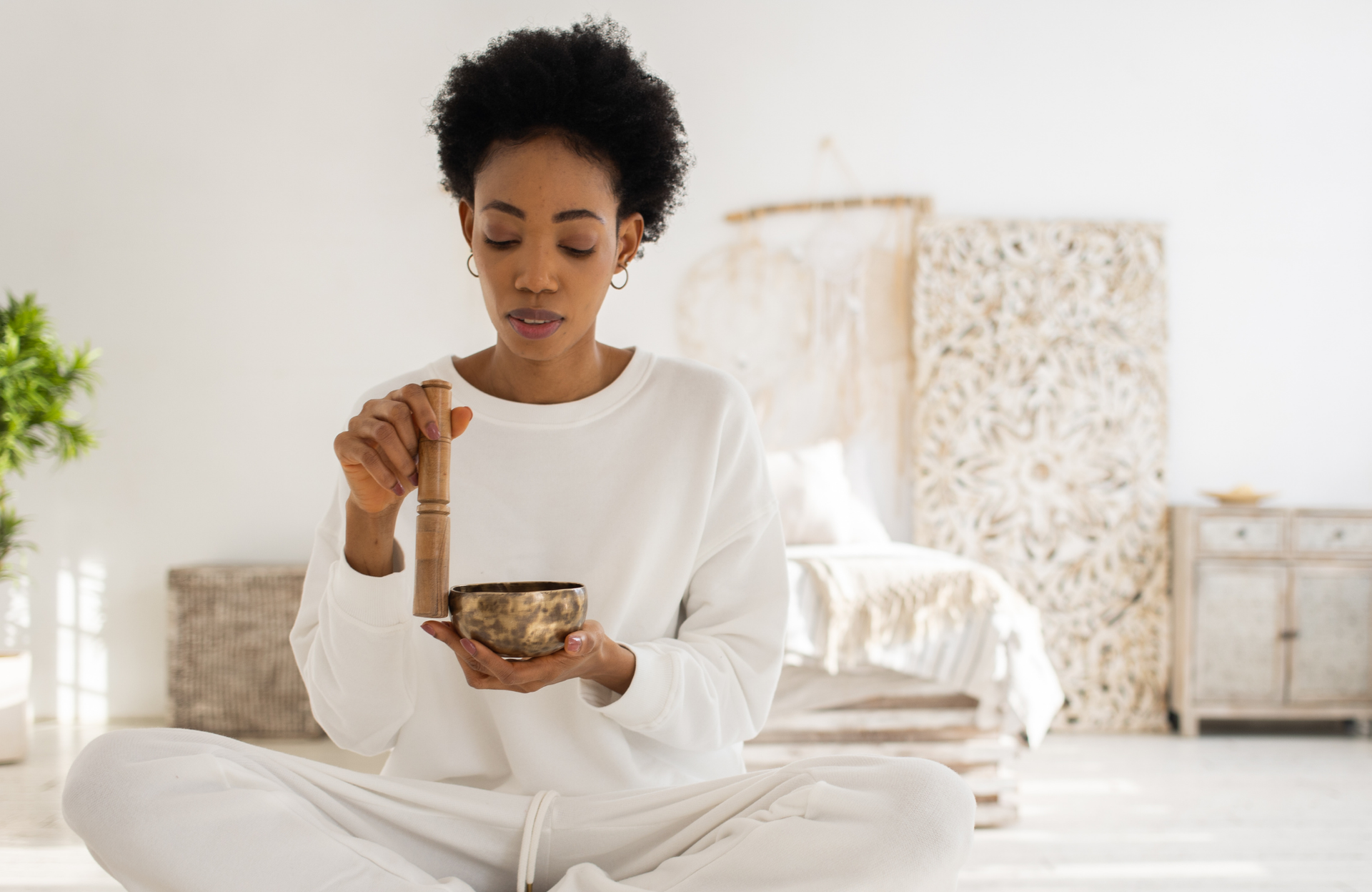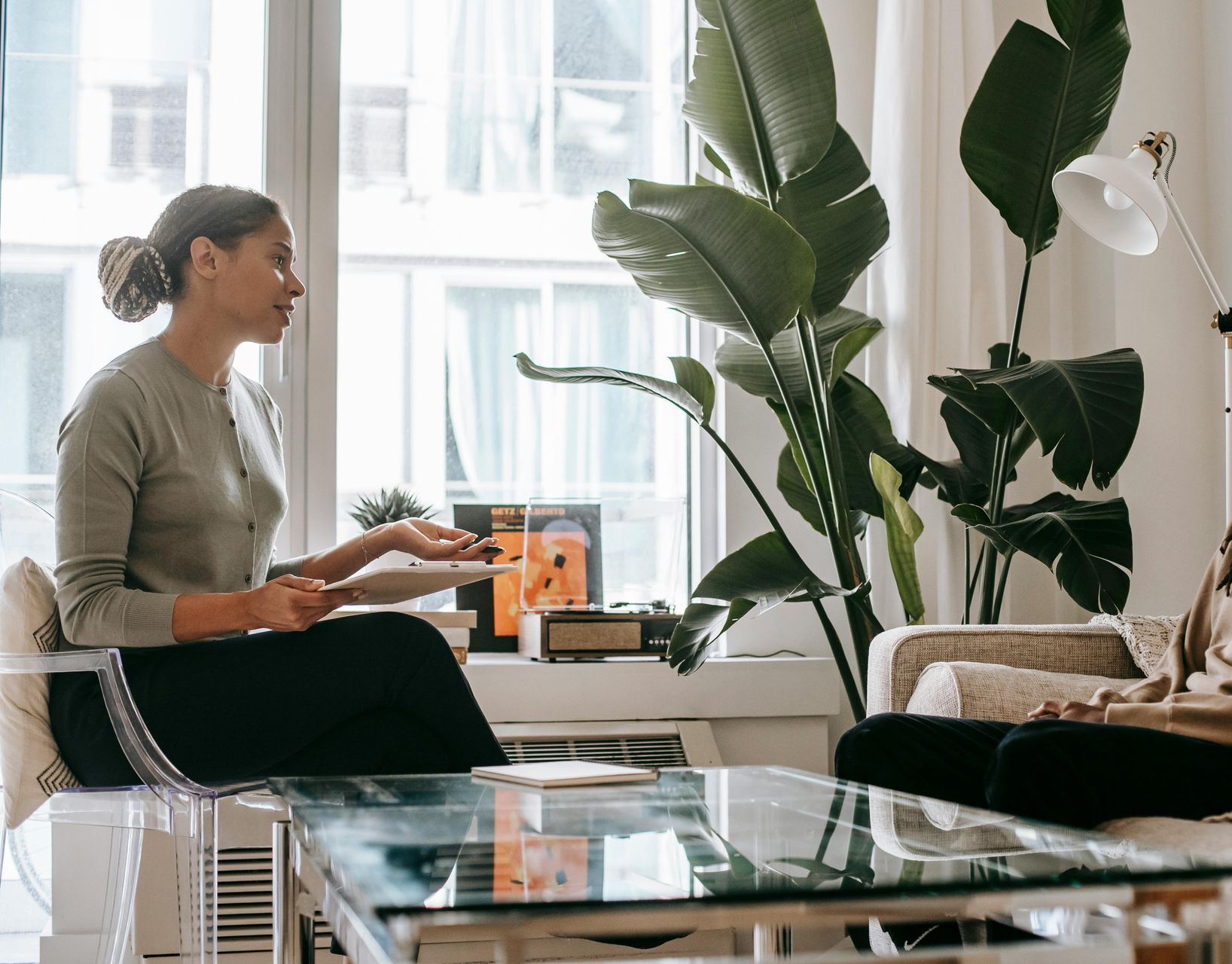Let Go of People-Pleasing and Set Boundaries with Confidence
Break free from guilt, speak your truth, and create space for authentic connection.

“What if they think I’m selfish?”
“Will they be upset with me?”
“I don’t want to let them down.”
If these thoughts sound familiar, you’re not alone. People-pleasing often disguises itself as kindness, care, or responsibility for others, but at its core, it can be a response to discomfort of someone else’s disappointment, frustration, or disapproval. Setting boundaries means confronting this discomfort, especially feelings of guilt, and learning to sit with it rather than letting it dictate our actions
Why Does People-Pleasing Feel So Hard to Let Go Of?
At its root, people-pleasing is a learned behavior often shaped by early experiences where we felt safer, more accepted, or more valued when we prioritized others over ourselves. Over time, this pattern becomes automatic:
- We take responsibility for other people’s emotions
- We avoid conflict too keep the peace (often at the expense of our own needs)
- We feel guilt when we set a boundary (even if that boundary is necessary)
But here’s the truth: letting go of people-pleasing does not mean becoming uncaring or selfish. It means recognizing that you are not responsible for how others feel.
The Role of Guilt in Boundary-Setting
Many people struggle to set boundaries because guilt gets in the way. Guilt makes us feel like we’re doing something wrong even when we’re simply protecting our time, energy, or emotional well-being.
Letting go of people-pleasing means:
- Releasing the need to control how others react.
- Allowing people to be responsible for their own emotions.
- Building tolerance for distressing feelings, like guilt or fear of letting someone down.
If you’ve set a boundary before and it wasn’t received well, you may have internalized the belief that “boundaries hurt people” or “I should have handled it differently.” But boundary setting isn’t about controlling someone else’s reaction... it’s about honoring your own well-being.
Practicing Boundaries & Sitting with Discomfort
Rather than avoiding guilt, the goal is to get comfortable with it. Recognize guilt as a natural response rather than a sign that you’re doing something wrong. Try these reframing strategies to help navigate guilt when setting boundaries:
- Acknowledge the guilt without letting it control your actions. Instead of thinking, “I shouldn’t have said no,” try: “I feel guilty, but that doesn’t mean I did something wrong.”
- Use a grounding mantra. When you feel pulled to take on someone else’s emotions, remind yourself: “I recognize your hurt without attaching myself to it. Your emotions are not mine to carry.”
- Tune into your body’s response. Guilt often shows up physically as tightness in the chest, a pit in the stomach, or tension in the shoulders. Engaging in somatic practices (like deep breathing, stretching, or EFT tapping) can help regulate these sensations rather than reacting impulsively to ease discomfort.
- Investigate what the guilt is protecting. If you feel guilty after setting a boundary, ask yourself:
- Am I making their disappointment mean something about me?
- Do I believe I’m only valuable when I meet others’ needs?
- Am I afraid this boundary will lead to rejection?
These reflections can reveal hidden fears that keep you stuck in people-pleasing cycles.
The Rewarding Side of Boundaries
The truth is you're going to feel discomfort no matter what. The difference is, when you feel discomfort because you don't honor your needs, those needs continue to go unmet and you may experience long term effects on your mental health, physical health, and on your relationships as a result. On the other hand, discomfort caused by doing something that is right for you and helps you get your needs met, is temporary and can be managed through emotional regulation. When you learn how to sit with the discomfort of guilt and challenge internalized fears and messages, you unlock the more rewarding side of boundary-setting, where you experience:
- Inner peace instead of resentment.
- Emotional freedom instead of over-responsibility.
- Stronger relationships based on mutual respect rather than obligation.
A lot of times we think of boundaries as walls that separate and divide, but the truth is boundaries don’t push away the people who genuinely care, they create space for healthier connections, with both yourself and others.
So the next time guilt creeps in, take a breath. Let it be there, but don’t let it make the decisions. You are allowed to take up space, say no, change your mind, and prioritize your well-being.
RELATIONAL AND SOMATIC THERAPIST IN LA
Ready to build healthier relationships with yourself and others?
If you're navigating people-pleasing, struggling to set boundaries, or working through the impact of relationship trauma, therapy can be a supportive way to process and create meaningful change. Submit an inquiry to explore how therapy, somatic practices, and mindful boundary-setting can help you step into a more empowered and peaceful version of yourself.
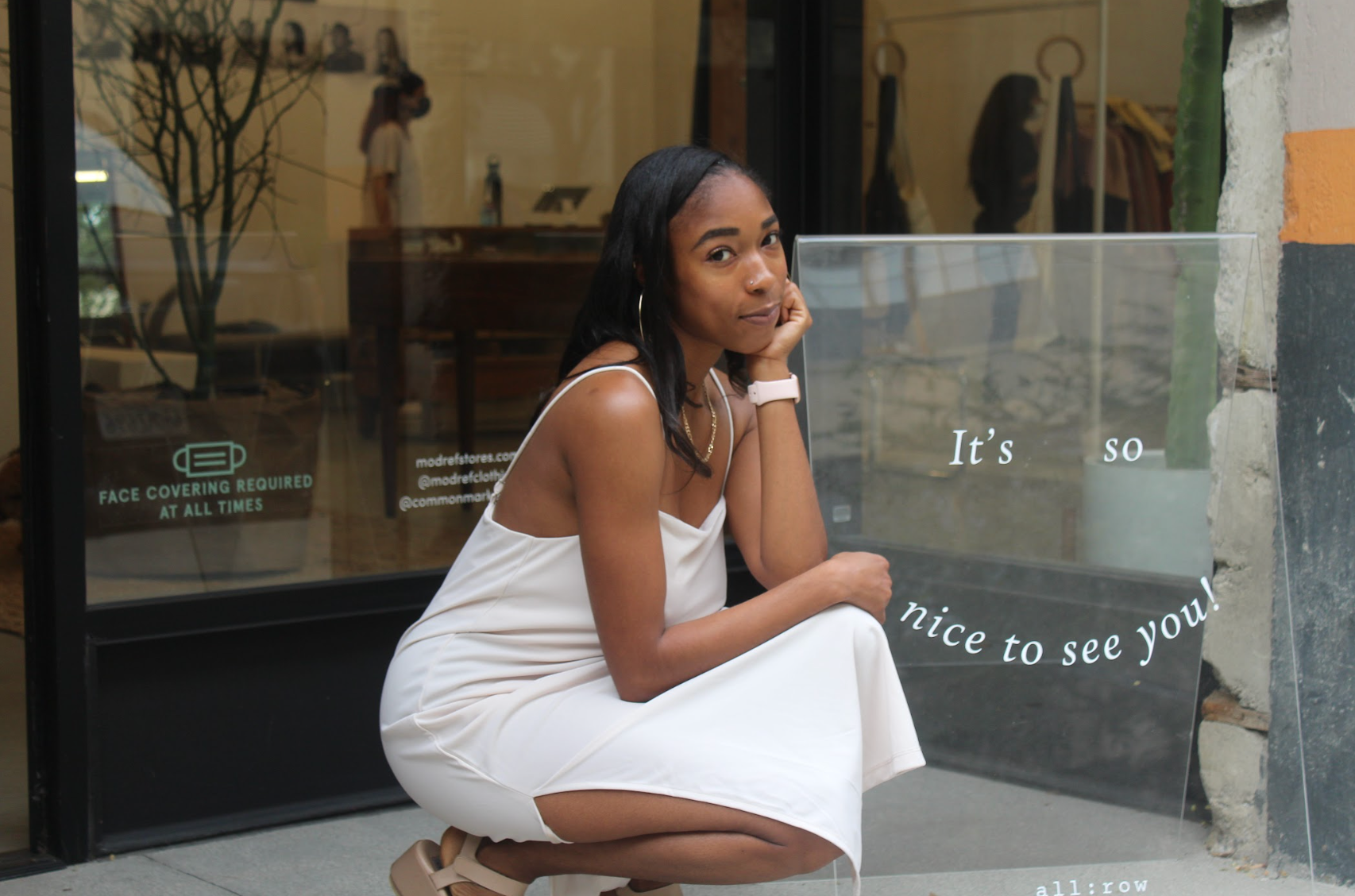
Hello, I’m Chelsey Reese
Licensed Clinical Social Worker, Relational and Somatic Therapist, Certified Sound Healer, and 200HR Registered Yoga Teacher. .
I help people cultivate self-awareness by reconnecting with their bodies, releasing trauma and stress, and fostering deeper connections. I believe true healing comes from processing lived experiences and letting go of what no longer serves us.
Passionate about community and wellness, I create spaces for growth and restoration. When I’m not working with clients, you’ll find me tending to my plants, lost in a book, or hiking in nature.
